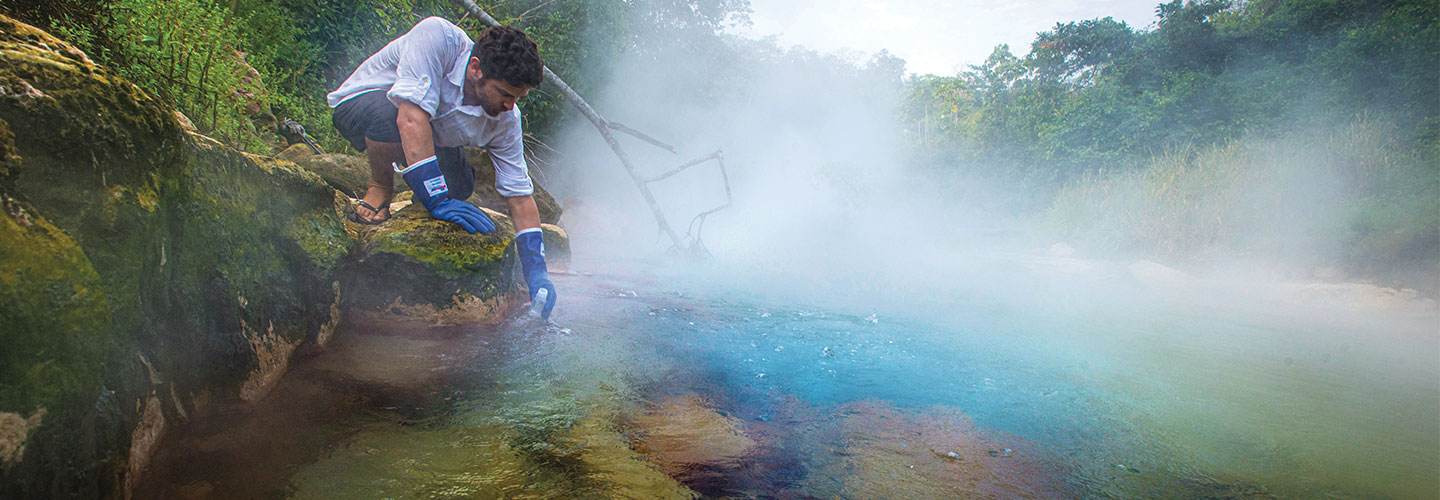Hidden in a remote part of the Amazon rainforest in Peru is a river with water so hot, in some spots it actually boils. In 2019, Rosa Vásquez Espinoza, a biochemist at the University of Michigan who grew up in Peru, found herself standing on the banks of the bubbling waterway. Clouds of steam from the Boiling River rose around her as she inched along a sheer rock wall. She had to be mindful of every step. If she were to fall, the water could scald her to death.
At sea level, water’s boiling point—the temperature at which liquid water turns into a gas—is 100°C (212°F). The Boiling River flows a few hundred meters above sea level. At this higher elevation, water’s boiling point is slightly lower. That means the river starts to boil in spots where the temperature reaches 99°C (210°F).
A river is hidden in a remote part of the Amazon rainforest in Peru. Its water is so hot, it boils in some spots. Rosa Vásquez Espinoza grew up in Peru. Now she’s a biochemist at the University of Michigan. In 2019, she stood on the banks of the bubbling waterway. Clouds of steam from the Boiling River rose around her as she inched along a sheer rock wall. She had to be mindful of every step. If she fell, the water could scald her to death.
Water’s boiling point is the temperature at which liquid water turns into a gas. At sea level, this point is 100°C (212°F). The Boiling River flows a few hundred meters above sea level. At this higher elevation, water’s boiling point is a little lower. When spots in the river reach 99°C (210°F), they start to boil.

